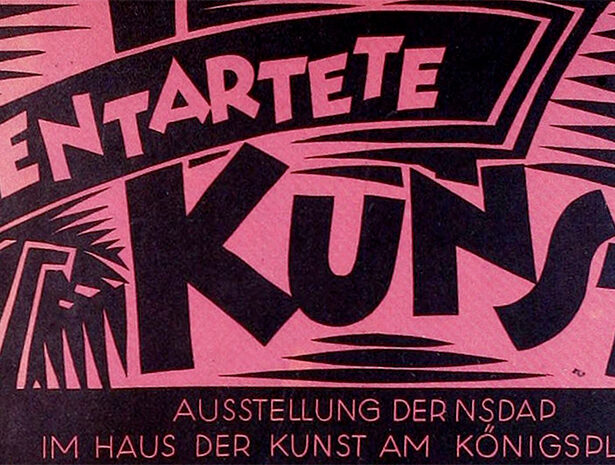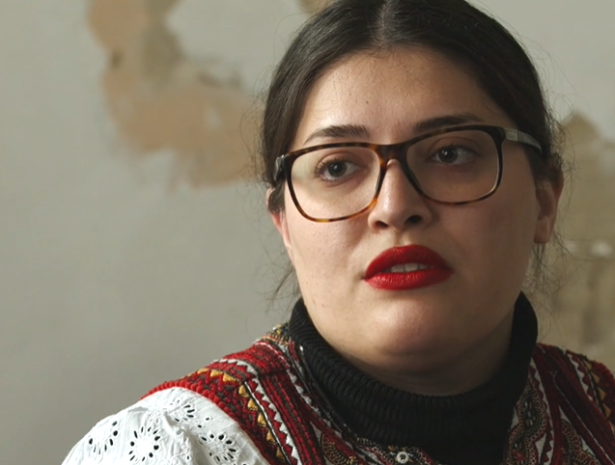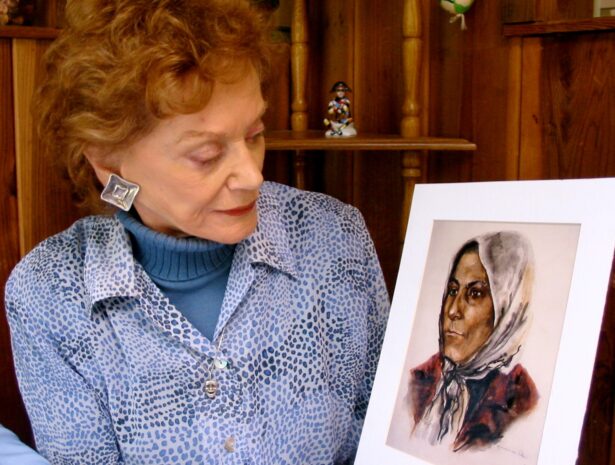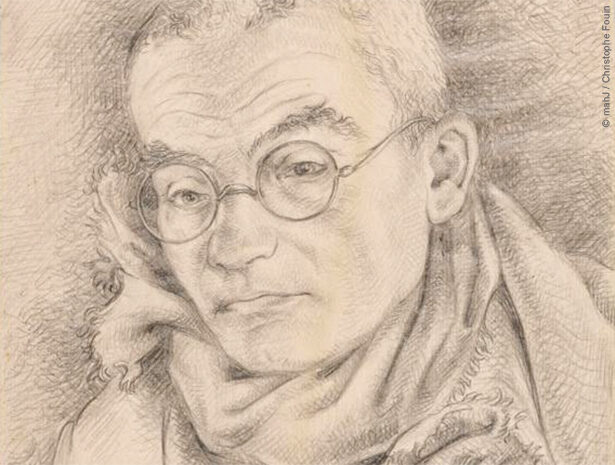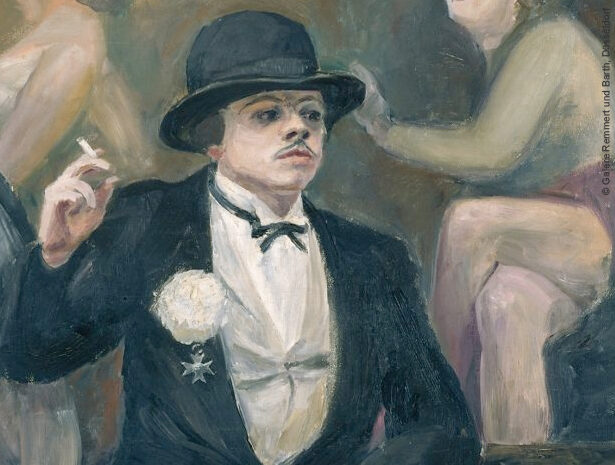Persecuted artists
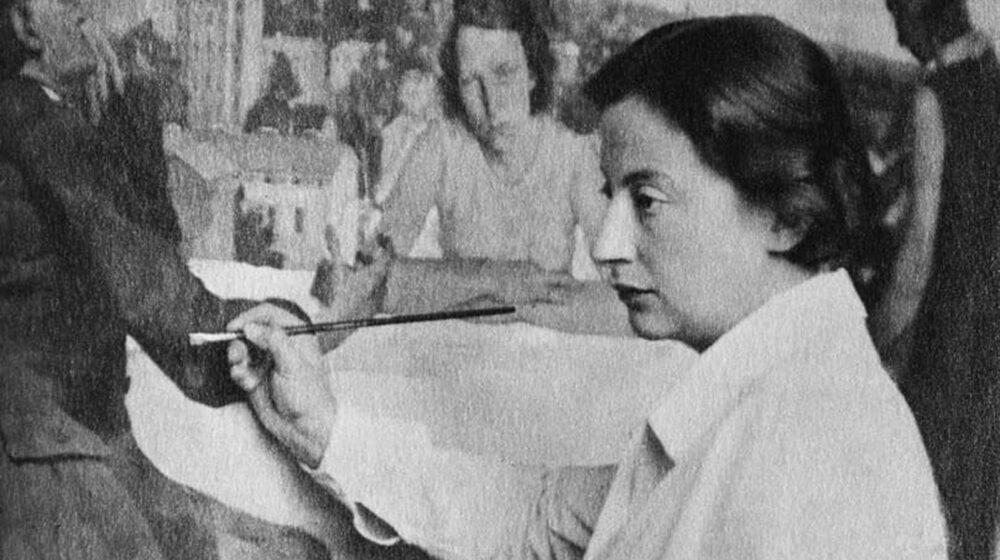
Artists who were unable to provide “proof of Aryan descent” after 1933 were officially no longer allowed to practice their profession. This professional ban was also extended to other creative artists whose art did not conform to Nazi ideology. Modern works attributed to styles such as Expressionism, Impressionism or Dadaism did not fit into the National Socialist worldview.
In our special issue, we introduce you to artists who were persecuted by the Nazis – and talk to artist Sara Nabil about the current situation of artists in Afghanistan.

